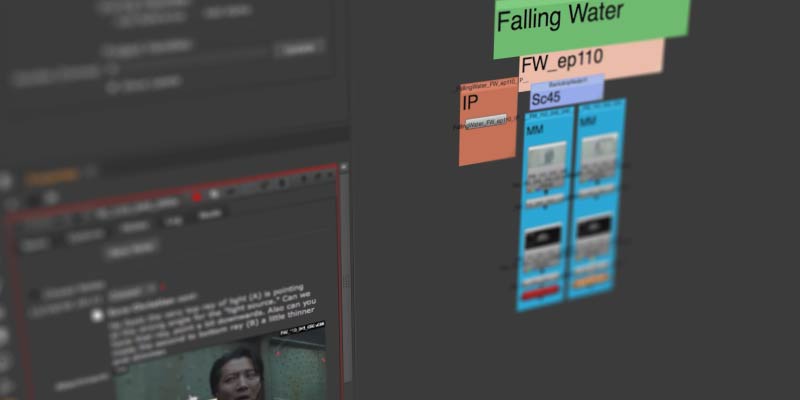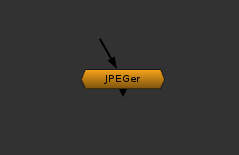In my years at the Molecule in NYC, first as a freelancer and then as a perma-lancer, I had lots of time to observe how a mid-sized studio manages the sometimes huge number of shots that need to be kept track of on a daily basis. When I started, the studio was using Ftrack to manage its shot pipeline, and while poking around online I saw that ftrack had a python API, and a lightbulb went off –
Nuke + Python + Ftrack = ? Awesomeness, anyway.

So I went to work on building a nuke-based shot tracking system, first for artists but then expanding to include supervisors as well. I called it “the dashboard”, and though it started small it quickly became essential to the Molecule’s pipeline. When the studio switched tracking packages to Shotgun, a lot more functionality was exposed and the whole thing just got 50% better. You can catch a quick glimpse of it in this promotional video from Autodesk – at around 0:55 in this video, the awesome Rick Shick talks about how he uses it instead of the web-based interface almost exclusively in his role as comp supervisor:
https://vimeo.com/211000897
Alas, time has taken away Rick’s kind words. Trust me that they were very flattering!
Gone were the days of manually creating contact sheets for each project; now every artist and supervisor had access to dynamic contact sheets, through which they could see and change statuses, read and post notes and images, and quickly open any shot.
 So I went to work on building a nuke-based shot tracking system, first for artists but then expanding to include supervisors as well. I called it “the dashboard”, and though it started small it quickly became essential to the Molecule’s pipeline. When the studio switched tracking packages to Shotgun, a lot more functionality was exposed and the whole thing just got 50% better. You can catch a quick glimpse of it in this promotional video from Autodesk – at around 0:55 in this video, the awesome Rick Shick talks about how he uses it instead of the web-based interface almost exclusively in his role as comp supervisor:
So I went to work on building a nuke-based shot tracking system, first for artists but then expanding to include supervisors as well. I called it “the dashboard”, and though it started small it quickly became essential to the Molecule’s pipeline. When the studio switched tracking packages to Shotgun, a lot more functionality was exposed and the whole thing just got 50% better. You can catch a quick glimpse of it in this promotional video from Autodesk – at around 0:55 in this video, the awesome Rick Shick talks about how he uses it instead of the web-based interface almost exclusively in his role as comp supervisor:

